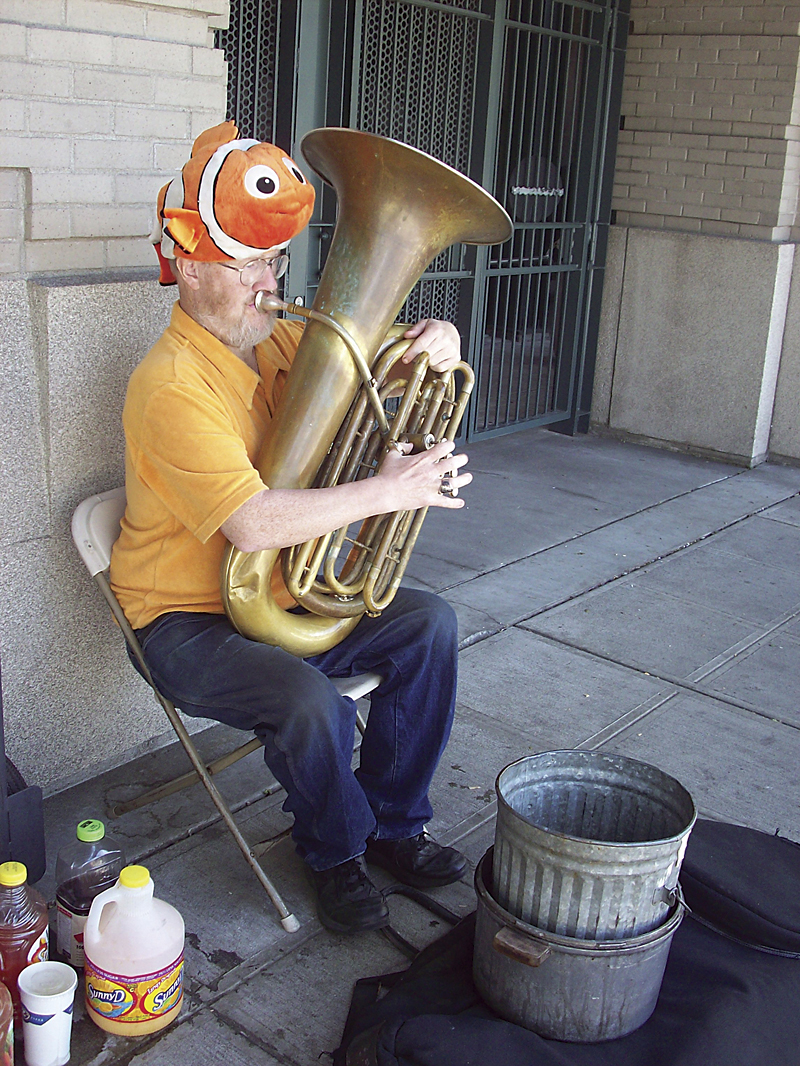Forty years ago yesterday, Hale Boggs, a powerful Democratic congressman with a colorful past, disappeared in a small plane over Alaska. The massive search that ensued turned up no leads, and the plane, along with the bodies of Boggs and three others who died, remains hidden somewhere in the wilderness.
Boggs — who served on the Warren Commission, accused the FBI of tapping congressional phones, and called for J. Edgar Hoover’s resignation — was the majority leader of the U.S. House of Representatives. Seattle and the rest of the country were captivated as the government sent out dozens of planes and ships to find him, but search efforts failed. In the years that followed, conspiracy theories flourished, in part because of his connections to the Kennedy assassination and the FBI, and in part because no trace of the plane ever surfaced.
To mark the anniversary of Boggs’ disappearance, Seattle Weekly made Freedom of Information requests to eight government agencies and reviewed more than 1,500 pages of documents. While none of the records get us closer to knowing why and where Boggs’ plane went down, they do paint a fuller picture of the his life before the crash – including an incident in which he was run off the road by an unknown driver in Washington, D.C., in 1970 – and unveil possible ties between the Nixon White House and an anonymous tipster who claimed to know where Boggs’ plane crashed.
Among the findings:
– Amid hundreds of pages in Boggs’ FBI file is a single sheet of information that has apparently never been reported. Around 11:30 p.m. on July 23, 1970, two years before he disappeared, Boggs was driving in Washington, D.C., when a late model Lincoln Continental forced him off the road. He gave chase and was able to take down a license plate number. No additional information is available in the file, and the D.C. Metropolitan Police Department, which investigated the incident, told the Weekly that it could not locate any relevant records.
– Immediately after Boggs disappeared, the U.S. Coast Guard station in Long Beach, Calif., received a call from an individual who claimed to know where the plane crashed. The tipster said he had access to experimental electronic equipment, and he provided detailed directions to the wreck. The FBI apparently found him credible, with one agent, whose name is redacted, stating his opinion that the “source of aforementioned information is reliable.”
Though this tip has previously been reported, the Weekly uncovered new details on the tipster, who is described as a “white male, about thirty five, six foot three inches, two hundred and fifteen pounds, hair black, who apparently has injured left arm.” He also appears to have served in the military.
But the most interesting piece of information is the tipster’s phone number, which was not redacted in the FBI file. The number, 378-5243, was provided by the Long Beach Coast Guard station. Since no area code was specified, the tipster presumably had the same one as the station, “213.”
A hunt for information on the number (213) 378-5243 turns up a solitary reference in an obscure congressional document from 1974. In that record, a report on a congressional hearing that examined the possibility of amending the Constitution to protect unborn children, the number is listed as belonging to Right to Life, an anti-abortion group founded in 1969. Right to Life, which claimed to be America’s first pro-life organization, provided an address in Palos Verdes Estates, Calif.
Interestingly enough, one of the 12 founders of Right to Life was James Francis McIntyre, the Catholic Archbishop of Los Angeles from 1948-70, who knew President Richard Nixon.
Seattle Weekly was unable to track down an old phone book to determine whether the organization had the same number in 1972, when Boggs disappeared, as it did in 1974, when it surfaced in the congressional report.
But if the number was the same, why would someone associated with an pro-life organization, founded in part by a powerful bishop connected to President Nixon, claim to have inside knowledge on the disappearance on an influential Democratic congressman?
The FBI file shows that agents who interviewed the tipster were advised “that should [they] believe [redacted] are involved in a covert type operation, then it should be suggested to them that if they doubted the seriousness of the matter they should contact their ‘principals’ for further advice.” Essentially, the FBI directed its agents to evaluate whether they thought the source was a spy. Once interviewed, the tipster, according to the report, “appeared rational, extremely intelligent, but somewhat strange.” The FBI file sheds no additional light on his identity.
– In the days that followed Boggs’ disappearance, several independent ham radio operators in Northern California said they spoke with or heard a transmission from someone on the plane after it crashed, who told them that there were survivors.
– The day after Boggs vanished, according to the FBI file, a search plane picked up a signal “believed to be that of a crash locator beacon for approximately 40 minutes some distance from Juneau, however, search planes were unable to pinpoint the source of the signal.”
In addition to Boggs (whose daughter is journalist Cokie Roberts), three others disappeared: Nick Begich, the father of current U.S. Sen. Mark Begich; Russell Brown, an aide to Begich; and Don Jonz, the plane’s pilot.
Four decades after the plane vanished, plenty of questions remain: Did the mysterious tipster have accurate information on the crash? Did the ham radio operators really talk with survivors? Who ran Boggs off the road in 1970?
For now, the wreck remains untouched somewhere in the Alaskan wilds.





